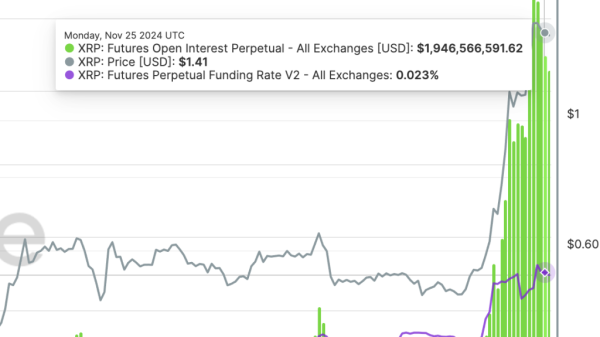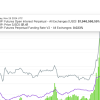Inspecting the Intersection of Federal Reserve Policies and Stock Market Trends
The financial market is a sophisticated platform where various elements come into play. One critical aspect that can sway markets, including the stock market, is the actions and policies implemented by the Federal Reserve. Understanding the mechanisms of the Fed’s impact on stocks can provide invaluable insights for investors seeking to anticipate market trends effectively.
Understanding Federal Reserve’s Role
Founder of Finance Brokerage, Adam Lemon, insightfully pointed out that the Federal Reserve’s role is two-fold. Devoted to maintaining the stability of the financial system and maximizing employment, the Federal Reserve undeniably holds a direct and significant influence on the economy.
The degree to which the Federal Reserve can impact the stock market primarily lies in its ability to adjust interest rates. An increase in interest rates often leads to a decrease in spending, thus slowing economic growth, which ultimately impacts stock market performance. On the other hand, decreasing interest rates can stimulate economic growth by encouraging spending and borrowing, thus triggering an uptick in the stock market.
Influence of Federal Reserve Policies on Stocks
Federal Reserve policies shape the economic landscape, directly affecting stock prices. As stakeholders in the market, investors often anticipate the effects of these policies to productively manage their portfolios. Adam Lemon aptly stated that an expectation for tighter policies can lead to a sell-off in the stock market, while more relaxed policies might stimulate buying.
Changes in the interest rate distinctly influence how investors view the risk and reward of investing in stocks. Higher interest rates make new investment expensive and alter the discounted cash flow models, thus impacting stock prices. Conversely, lower rates can create an environment for higher stock prices as they enable cheaper borrowing, promoting business growth and expansion.
Market Trends Anticipation
Investors who keenly observe and understand the Federal Reserve’s decisions have a leg up in recognizing market trends. By paying close attention to the Fed’s messages and data releases, market players can potentially foresee policy shifts. Notably, the Federal Reserve’s dot plot, a tool that visualizes each Federal Open Market Committee (FOMC) member’s expected interest rates, offers perhaps one of the most telling clues about future monetary policy adjustments.
Beyond Monetary Policy
However, it’s worth noting that while the Federal Reserve has substantial influence over the stock market with its monetary policies, other factors also significantly influence market trends. Some of these include geopolitical events, corporate earnings reports, inflation, and even unforeseeable world events. Collectively, these compound elements can sometimes outweigh the impact of the Federal Reserve’s policies.
In conclusion, the Federal Reserve’s policies on interest rates substantially impact the stock market, influencing how investors perceive the risk and reward of investing in stocks. Anticipating the direction of the Federal Reserve’s monetary policy shifts can help investors make informed decisions, efficiently manage their portfolios, and identify potential market trends. However, while the Federal Reserve’s actions are a critical factor, investors should also consider other external elements that can shape market trends. With a comprehensive understanding of these varying influences, investors can navigate the ever-changing financial market with greater success and resilience.






























